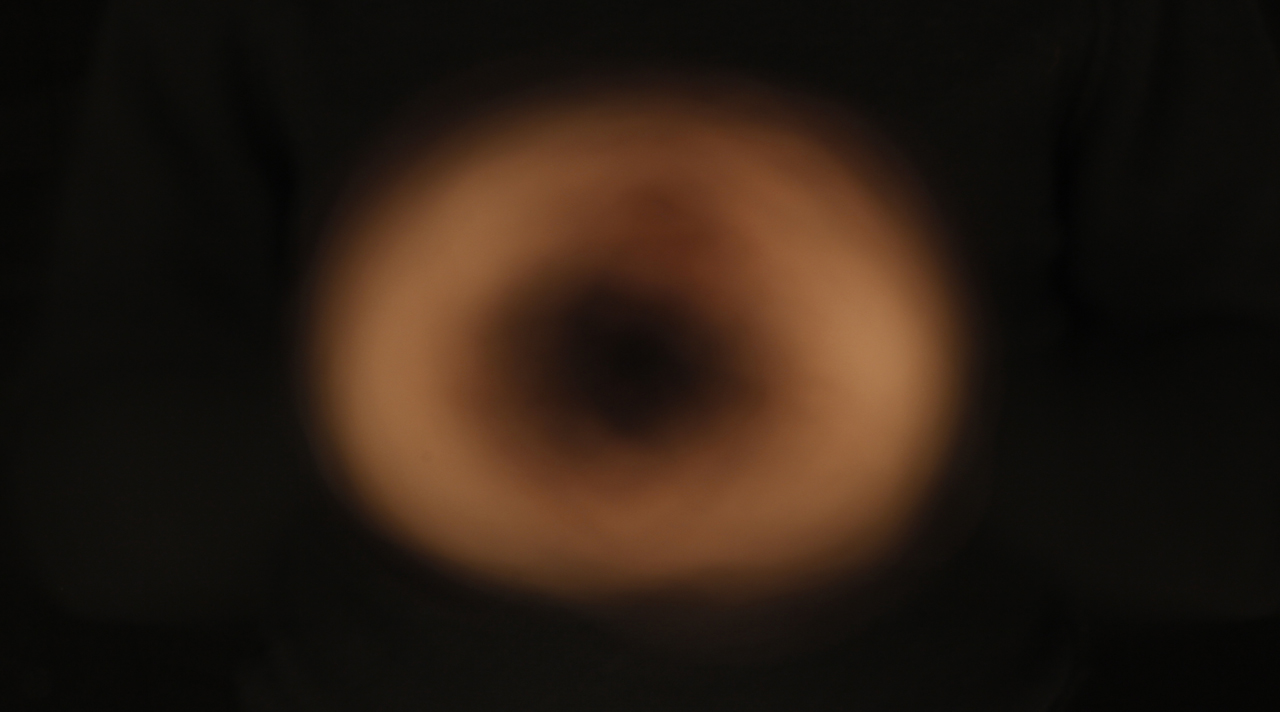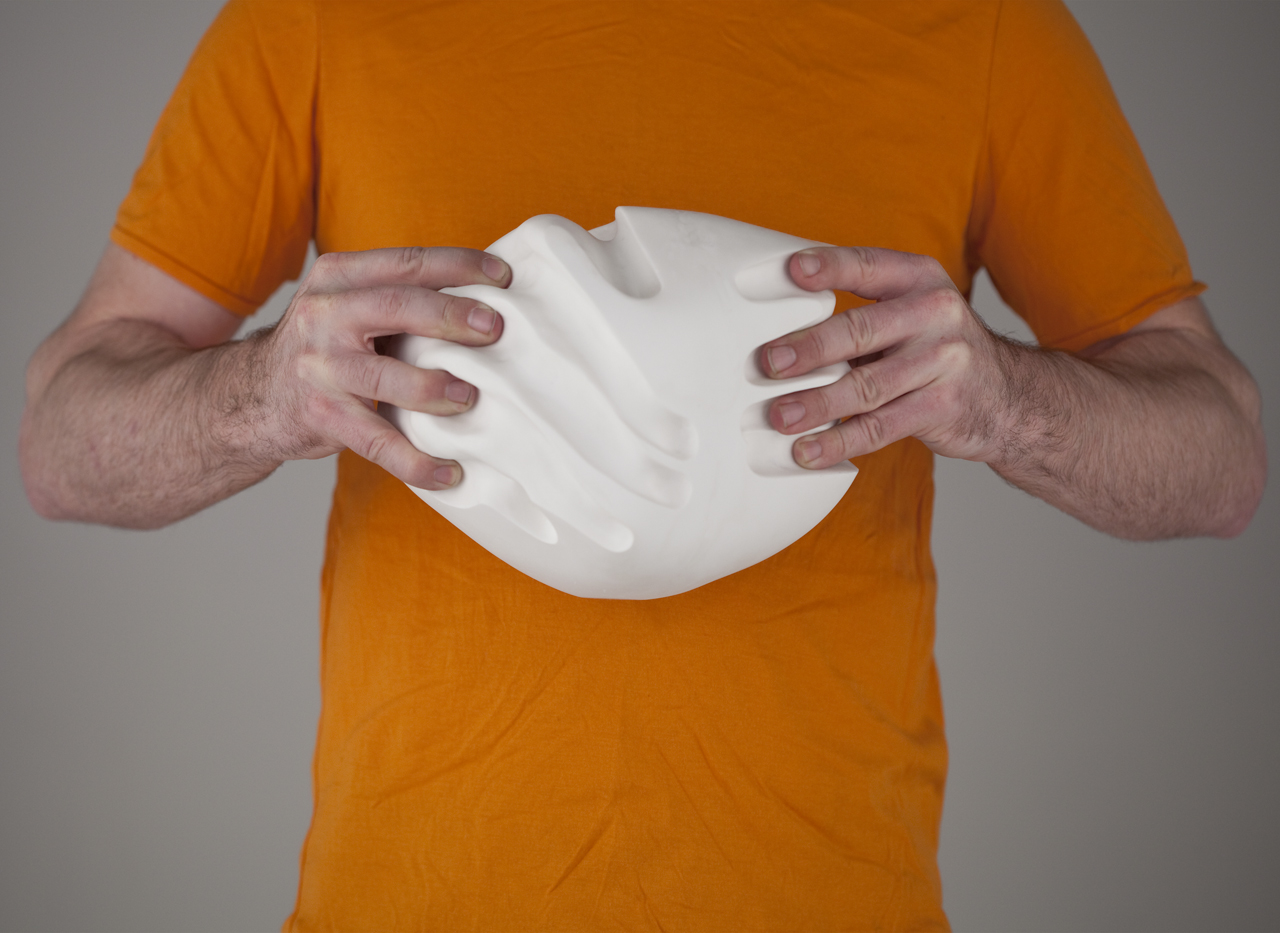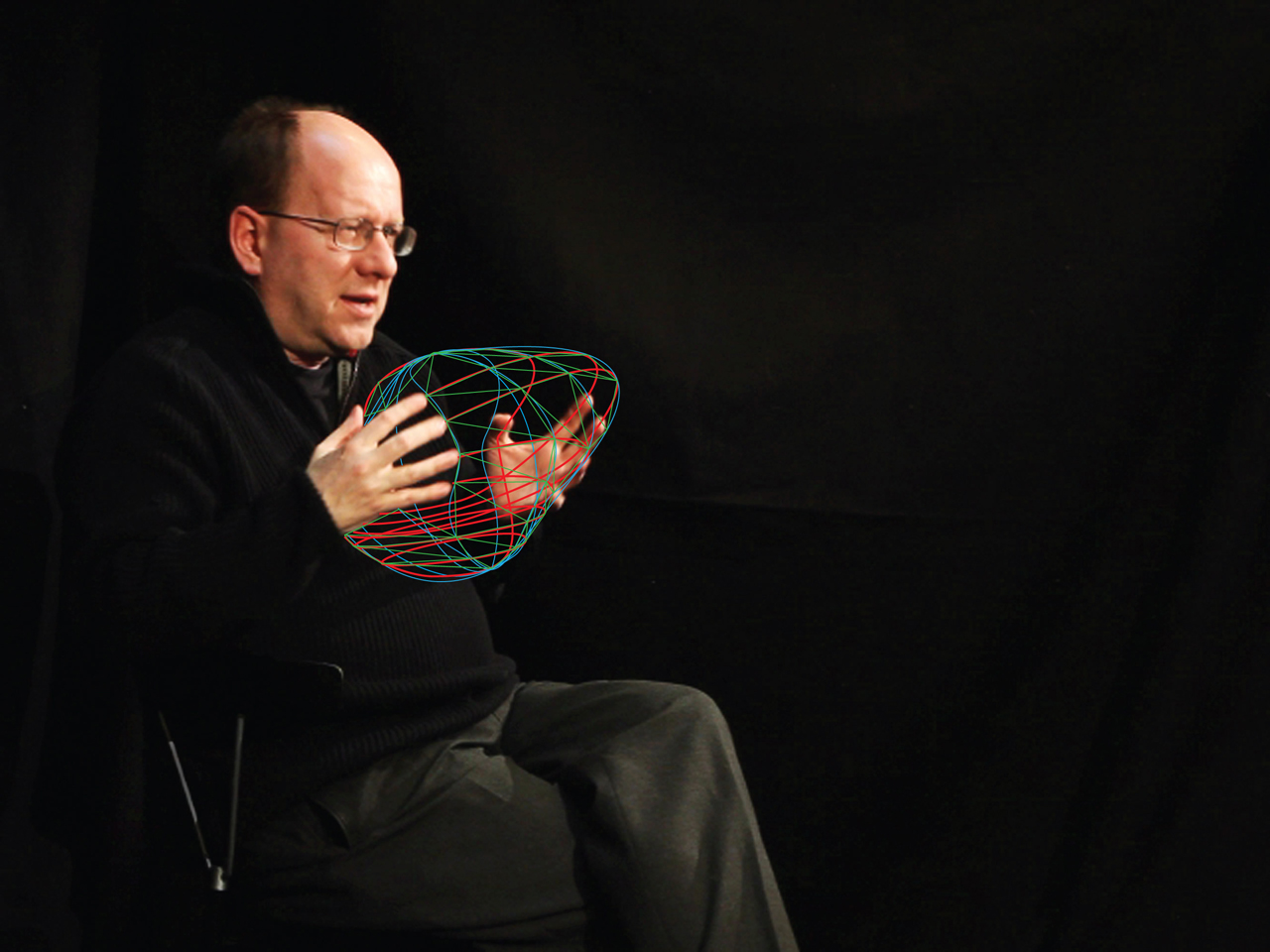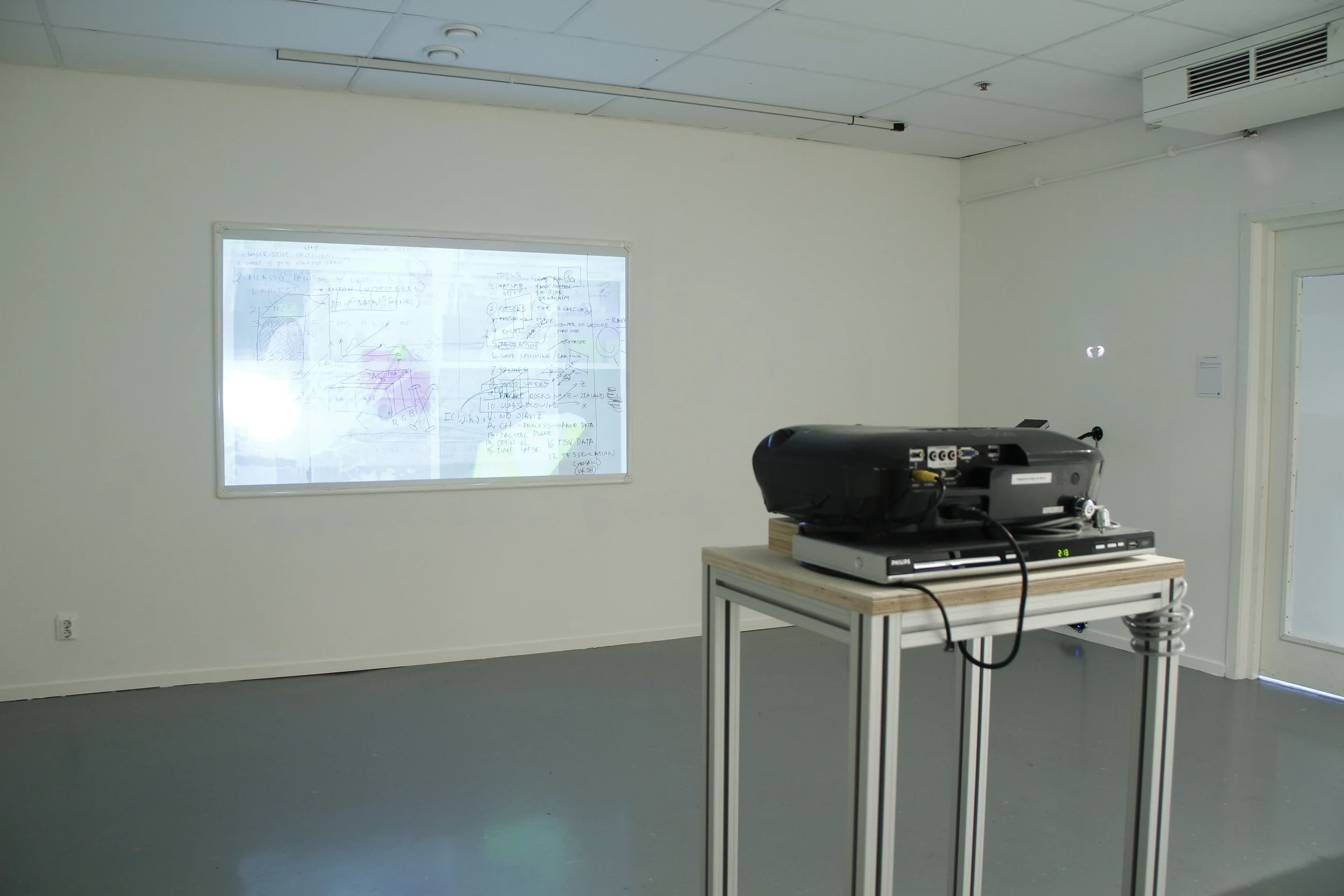
Enacting Objects

Enacting Objects: an Investigation of the Gesture-Space, 2014-Present
“Lacking one lacks both, and the unseen is proved by the seen,
Till that becomes unseen and receives proof in its turn.” *
Enacting Objects: is an on-going project focused on the documentation and materialization of various spaces that occur during hand and body gesture. The specific focus is the gesture-space that occurs during speech related gesture. We enact objects together with thoughts, speech, and communication. The goal of this investigation is to better see what kind of shapes are being created and left behind in these interactions and enactments.
The gesture is a mode through which some subtle aspects of our use of language are made manifest. The forms that result from this interaction with language have been the focus of this project to materialize what can be referred to as the gesture-space. In liminal spaces the structures of symbols, like those of language, begin to dissolve. In these otherwise banal moments the uncodifiable becomes apparent. Here, in the peripheral phenomena of everyday life, he finds obscure events that can become a source for reflection. This is an investigation to plot the temporary forms that come into being through seemingly superfluous hand gestures. Such movements circumscribe ideas and concepts, which have no actual form. These spaces exist momentarily within the context of a voluble discourse, formed as a result of gestures that accompany the simultaneous acts of thinking and speaking. The gestures of these hands show us that a form is there, within a particular context, in state of avisual suspension. The methods and results may vary, and develop into separate works, but for the time being all the works relating to this project will be collected here.
*Excerpt from Walt Whitman's, Song of Myself, 1855

The Gesture-Space that Occurred When I Said, "Transcend," During a Conversation with a Friend on February, 26th in Stockholm, 2014
Multi camera recording was used to record the hand gestures used during a conversation between the artist and a friend, on February 26th, 2014, in Stockholm, Sweden. The video material was used to choreograph the moments made during the conversation. The choreographed movements were then used as an armature to fill in the space of a particular moment in the conversation. The shape was delineated by the hand gestures. The final object was cast in castable Cararra Marble.

The Gesture-Spaces of Sven-Olov Wallenstein, (2014, video still from a work in progress)
A video work with animation, this work combines a 3 camera (on x,y,z axises) shoot and a series of line animation portraying parts of conversation with Sven-Olov Wellanstein. Wallenstein is Professor of Philosophy at Södertörn University in Sweden, and an author of several books and articles. The conversation was unrehearsed and not choreographed, the cameras captured his hand gestures, and the line animation illuminates the types of gesture-objects Wallenstein created during the conversation. The fianl version of this work will be presented in both a 3-channel video and a condensed single image video work.

Illuminations, 2013/2014
Illuminations is a series of digital prints derived from long exposure photos, each capturing a short segment of gesture during conversations with the artist. The resulting ghosted forms suggest the shape of the spaces that evolve during speech related gesture.

Illuminations, 2013/2014

Illuminations, 2013/2014

Illuminations, 2013/2014



In-Between Data, 2014
Working with students and faculty at The Royal Institute of Technology, Stockholm (KTH), including Associate Professor Mario Romero Ph.D., in the department of High-Performance Computing and Visualization (HPCViz) within the School of Computer Science and Communication , who are engaged in research surrounding the subject of Human-Computer Interaction. In order to gain access to other views into the avisual spaces this project seeks to materialize, it was decided to engage new processes of computer vision and machine learning in his process. In working with these processes it is interesting to look at the question of what lies between data, that is, what is in this space between our hands, when we think and speak? And, in the end, what level of awareness is a necessity if such subtleties are to be seen?

In-Between Data, 2014

In-Between Data, 2014













